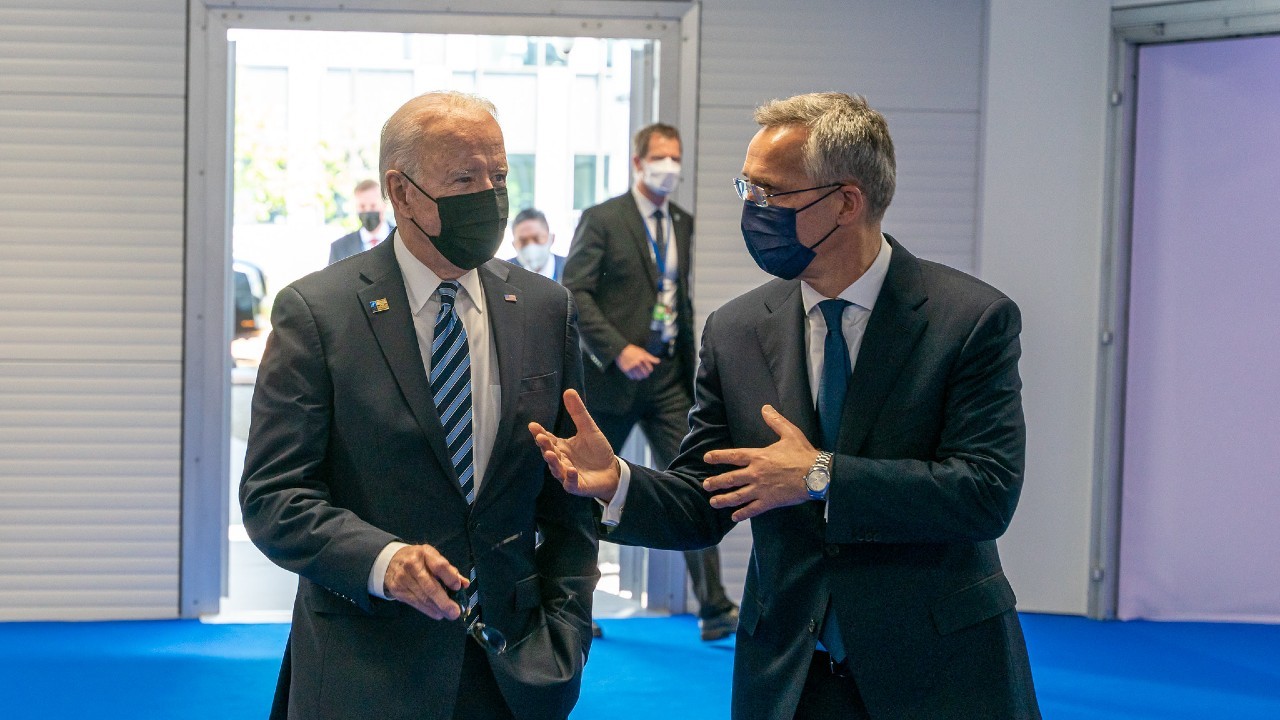Swift technological change has meant governments and the military created new organizations and approaches to innovation and rapid acquisition. Unfortunately, many do not have the necessary authority, budget, or workforce to succeed, meaning that meaningful change and impact have been sacrificed for theater. For the newly announced Defense Innovation Accelerator North Atlantic (DIANA) – with planned locations in Toronto and Cambridge, UK – and the NATO Innovation Fund (NIF) to succeed, they must address authority and budget concerns, and then bring in the right personnel to lead and staff them.
Authorities
There are three key authorities that NATO must get right for DIANA and NIF: reporting lines, patience (or willingness to accept failure), and decision making.
- First, DIANA and NIF should operate independently with a direct line into the most senior decision-makers (the Secretary General, SACEUR, Supreme Allied Commander Transformation — SACT, etc).
- Second, they need to be allowed to fail. The most impactful defense organizations (and indeed commercial organizations, particularly in the startup world) normalize taking big bets, with the knowledge that many will likely fail, and even the ones that succeed may take years to realize their full impact.
- Third and finally, these new NATO bodies need to invest in or provide support to initiatives and startups without requiring external permission or consensus. At the same time, they also need a clear transition partner for promising capabilities to be handed off to (e.g. DARPA transitioning tech to the U.S. Department of Defense), which can move from development to deployment. This will enable the Alliance to more readily identify, develop, and deploy emerging and disruptive technologies.
Similar efforts including the U.S. Department of Defense’s DARPA and Defense Innovation Unit, CIA’s In-Q-Tel, and USAF’s Strategic Capabilities Office, are effective because they exist outside of traditional bureaucracies, leverage non-traditional talent strategies, and have consistent budgets.
Budget
Allocating funding seems obvious, but too often limited forethought is given to this issue. To ensure success, organizational funding must be significant, multi-year, and consistent or include inbuilt annual growth. A number of high-potential initiatives have either been announced with no dedicated funding or have had sizable funding gaps in subsequent years damaging their brand and relationships with defense companies and startups alike. The NIF in particular will likely rely on the willingness of Alliance members to make contributions beyond other NATO obligations. If so, multi-year commitments are crucial, as are success metrics, such as return on investment, which are rarely used within NATO or national government departments.
Talent
Finally, and most overlooked, is getting talent right. External talent is crucial. It is not enough to simply construct new organizations staffed in the traditional manner. To realize their full potential, NATO must attract talent with startup and/or venture capital (VC) experience, and pair them with top subject-matter experts from R&D communities, both government, and commercial. This cannot be done with NATO’s current Byzantine, long, drawn-out hiring process, which can last six months or even longer, and advantage insiders versus external candidates. As such the Alliance must engage and attract this talent. The good news is NATO has a number of potential examples to draw on for potential hiring pathways. In the U.S. the Defense Digital Service hires design and technical experts for one-to-two “tours of duty,” using their skillsets and operate outside the traditional civil service. In the UK, strategy and technology professionals are seconded into the Ministry of Defence, the Department of Trade, and intelligence organizations such as GCHQ, to provide experience or skills that may not exist within the current civil service workforce.
But providing pathways alone is not enough: attracting this talent to apply and convincing them to join is just as important. This requires identifying areas where they might work, including industry, academia, and startups, and VC. At the same time, other steps are needed. Upskilling existing NATO civilians – among the international and international military staff (IS and IMS) — and Alliance service members are needed to address this skill and understanding gap. To do so, it is helpful to expose them to startup and VC environments. Programs like Shift’s Defense Ventures Program in the U.S. have succeeded in building understanding between the Department of Defense’s civilian and military workforce and startups and VCs. They’ve done so by bringing in high-performing defense personnel for eight-week immersions with growing venture-backed startups or VC firms. This cultivates the necessary connective tissue between startups, VCs, and the military. NATO could readily follow a similar process by providing its highest performers the opportunity to temporarily work alongside leading North American and European startups and investors.
What’s Next?
Accelerating the development, deployment, and integration of emerging and disruptive technologies into the strategic and tactical environments is at the core of future NATO operations. The Alliance’s move to build DIANA and NIF, along with incorporating the right language into strategic documents are significant first steps. But building these initiatives from scratch will require significant planning to establish the right authorities, budget, and talent environment to enable these organizations to thrive. In order to do so, they need to build outside of traditional NATO structures and models while creating a differentiated talent and organizational culture.




